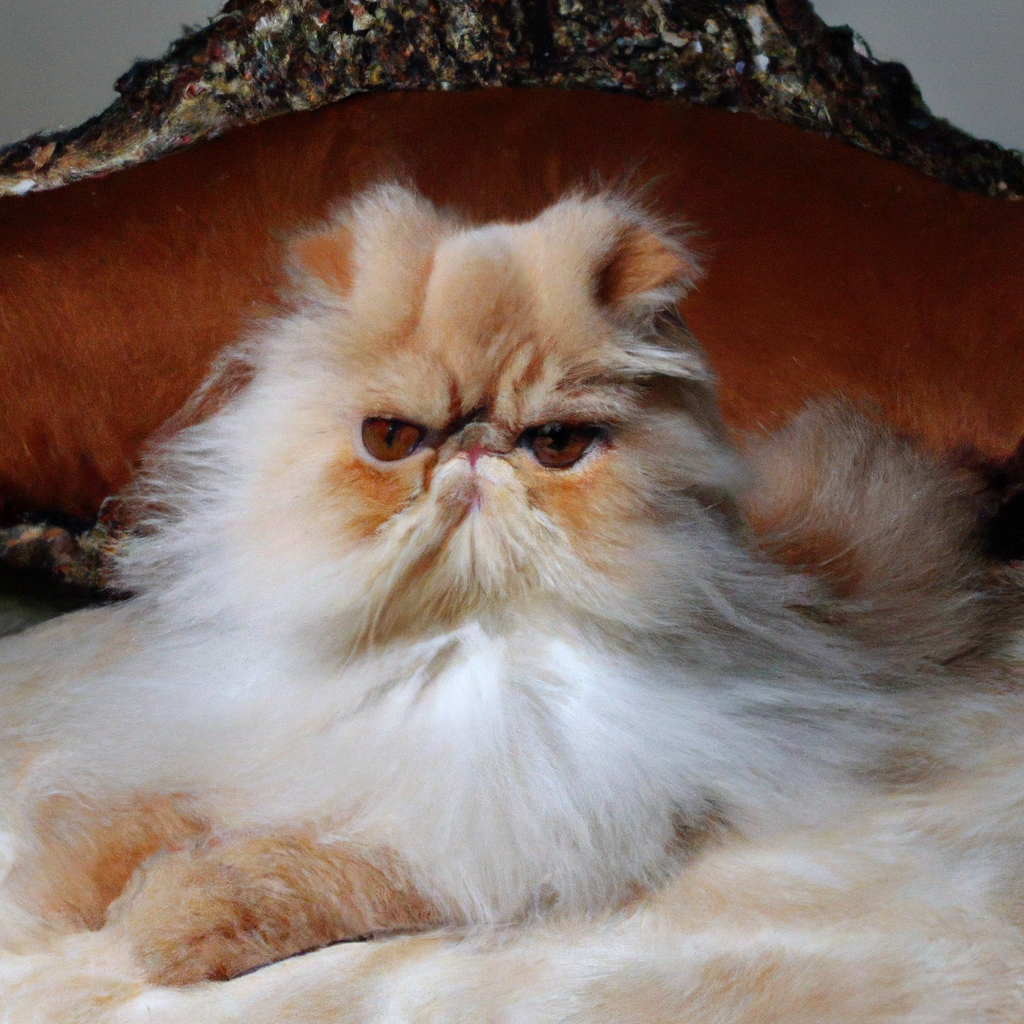If you are the proud owner of a Persian cat, it’s important to be aware of the common health conditions that can affect these beautiful felines. With their distinctive long, luxurious coats and adorable flat faces, Persian cats require specific care to ensure their well-being. From respiratory issues to eye problems, this article will highlight the most prevalent health conditions that Persian cats may encounter. Whether you’re a seasoned Persian cat parent or considering adding one to your family, arming yourself with this knowledge will help you provide the best possible care for your beloved furry friend.
Common Health Conditions in Persian Cats
Persian cats are renowned for their beautiful long coats and distinctive flat faces. While they are beloved for their unique appearance, they are also prone to certain health conditions. As a Persian cat owner, it’s important to be aware of these common health issues so you can provide the best care for your furry friend. In this article, we will explore the various health conditions that Persian cats are susceptible to, including breathing problems, eye conditions, skin issues, urinary tract problems, dental disease, polycystic kidney disease (PKD), heart disease, obesity, allergies, and heat sensitivity.
Breathing Problems
One of the most well-known health issues in Persian cats is their propensity for breathing problems. Their distinctive flat faces, or “brachycephalic” features, can lead to a condition called Brachycephalic Airway Syndrome. This occurs when the airways are narrow, leading to difficulty in breathing. If your Persian cat is exhibiting symptoms such as snoring, snorting, or panting excessively, it’s important to consult with your veterinarian.
Nasal blockage is another common breathing problem seen in Persian cats. This can be caused by a variety of factors, including allergies, infections, or even foreign objects stuck in the nasal passages. Signs of nasal blockage include sneezing, nasal discharge, and difficulty breathing through the nose.
Respiratory infections can also affect Persian cats, just like any other cat breed. These infections can be caused by viruses or bacteria and can lead to symptoms such as coughing, sneezing, nasal discharge, and lethargy. If your Persian cat is experiencing respiratory symptoms, it’s important to seek veterinary attention for proper diagnosis and treatment.
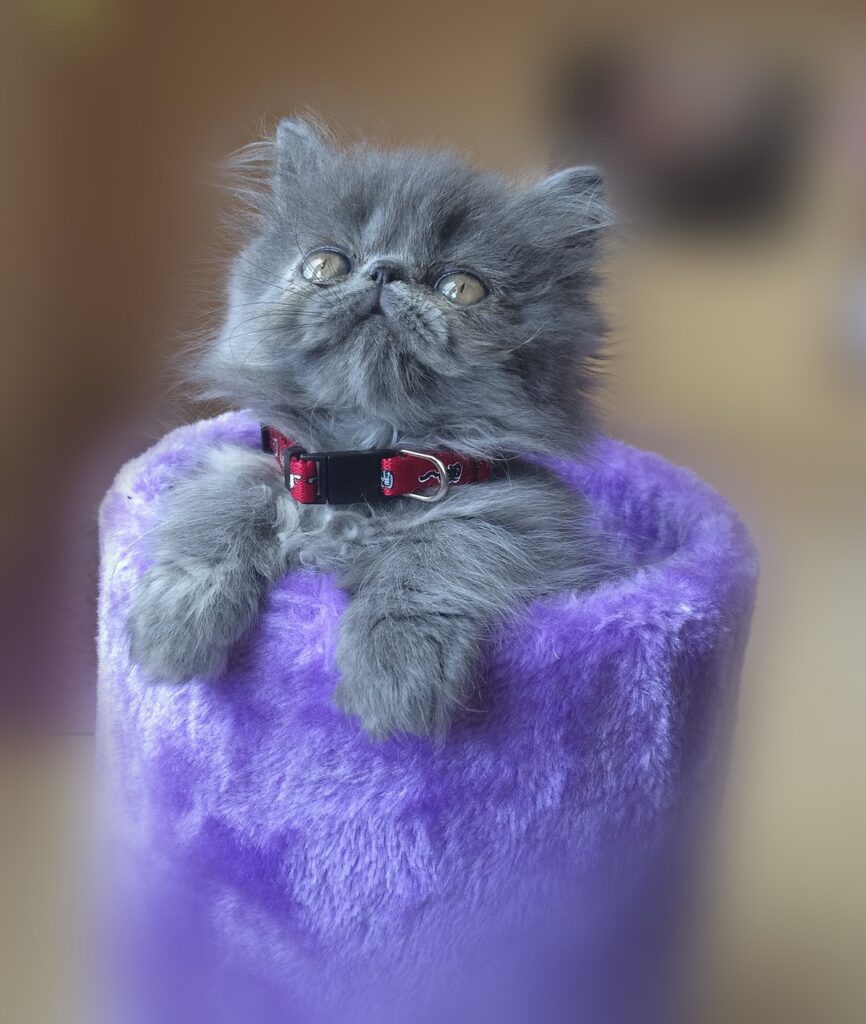
Eye Conditions
Persian cats are known for their striking eyes, but unfortunately, they are prone to certain eye conditions. Progressive Retinal Atrophy (PRA) is a genetic condition that can cause degeneration of the retina, leading to eventual blindness. Regular eye examinations by a veterinarian can help detect this condition early on.
Cherry eye is another eye condition seen in Persian cats. It occurs when the tear gland in the third eyelid protrudes, causing a red, swollen appearance. While it may not be painful, it can be unsightly and may require surgical intervention to correct.
Corneal ulcers can also occur in Persian cats. These are open sores on the surface of the cornea and can be caused by trauma, infection, or underlying eye conditions. Signs of corneal ulcers include squinting, excessive tearing, and a cloudy or blue appearance to the eye. Treatment typically involves medication and close monitoring by a veterinarian.
Skin Issues
The luxurious coat of a Persian cat requires regular grooming, but unfortunately, they are prone to certain skin issues. Ringworm is a fungal infection that can affect the skin, fur, and even the nails of Persian cats. It can cause circular patches of hair loss, itching, and redness. Treatment for ringworm typically involves antifungal medication and thorough cleaning of the environment to prevent further spread.
Hot spots, also known as acute moist dermatitis, can also occur in Persian cats. These are areas of inflamed and infected skin that can be caused by scratching or biting at the skin due to allergies, parasites, or other irritants. Signs of hot spots include redness, swelling, and oozing of the affected area. Treatment involves addressing the underlying cause, such as treating allergies or parasites, and providing topical or systemic medication to heal the skin.
Feline acne is another skin issue that can affect Persian cats. It is characterized by the formation of blackheads or pimples on the chin or around the lips. The exact cause of feline acne is unknown, but factors such as poor grooming habits or an overactive sebaceous gland may contribute. Treatment typically involves regular cleaning of the affected area and may include the use of topical or oral medications.
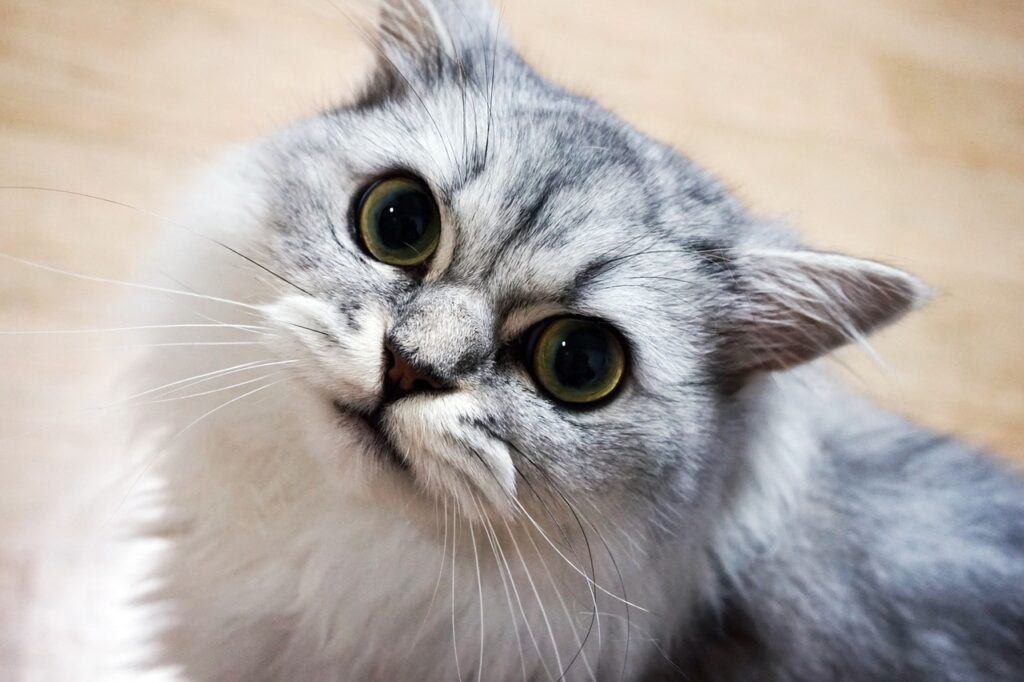
Urinary Tract Problems
Persian cats are also prone to urinary tract problems, particularly in the form of urinary tract infections (UTIs). These infections can cause symptoms such as frequent urination, urinating outside the litter box, and blood in the urine. UTIs in Persian cats should be treated promptly with appropriate antibiotics to prevent complications such as kidney infections.
Bladder stones can also occur in Persian cats, leading to symptoms such as frequent urination, straining to urinate, and blood in the urine. These stones can be caused by factors such as diet or underlying urinary tract infections. Treatment may involve dietary changes, medication, or even surgical removal of the stones, depending on their size and composition.
Feline Lower Urinary Tract Disease (FLUTD) is another urinary tract problem that Persian cats can experience. FLUTD is a term used to describe a group of conditions that affect the bladder and urethra, leading to symptoms such as difficulty urinating or urinating in small amounts, blood in the urine, and frequent licking of the genital area. Treatment for FLUTD may involve medication, dietary changes, and addressing factors that contribute to stress in the cat’s environment.
Dental Disease
Dental disease is a common health issue in cats, including Persian cats. Poor dental hygiene can lead to conditions such as gingivitis, which is inflammation of the gums. Signs of gingivitis include redness, swelling, and bleeding gums. Left untreated, gingivitis can progress to periodontal disease, which involves the deterioration of the supporting structures of the teeth. Signs of periodontal disease include bad breath, loose teeth, and difficulty eating. Another dental issue that can affect Persian cats is tooth resorption, where the tooth structure breaks down, leading to pain and discomfort. Regular dental care, including brushing your cat’s teeth and regular dental cleanings by a veterinarian, can help prevent and manage these dental conditions.
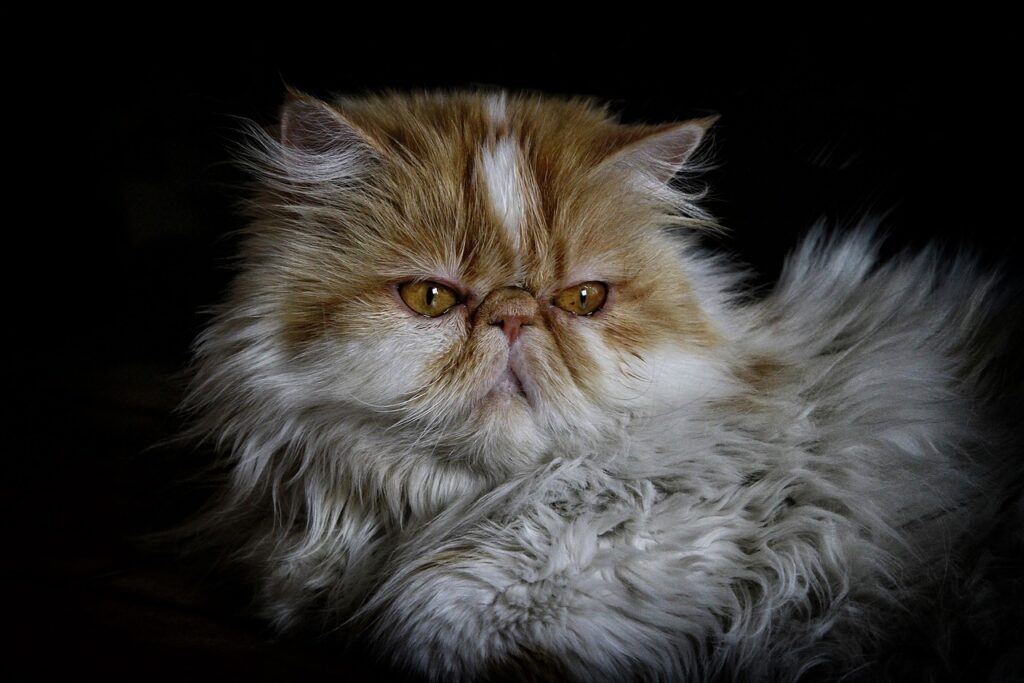
Polycystic Kidney Disease (PKD)
Polycystic Kidney Disease (PKD) is an inheritable autosomal dominant disorder that can affect Persian cats. It is characterized by the formation of multiple fluid-filled cysts in the kidneys, which can lead to kidney dysfunction and eventual renal failure. DNA testing can be performed to determine if a Persian cat carries the gene for PKD. While there is no cure for PKD, managing the condition involves monitoring kidney function, providing a balanced diet, and addressing any complications that may arise.
Heart Disease
Persian cats are also prone to certain heart conditions, including Hypertrophic Cardiomyopathy (HCM). HCM is a condition where the walls of the heart become thickened, leading to impaired heart function. Signs of HCM in Persian cats can include breathing difficulties, lethargy, and sudden collapse. Regular veterinary check-ups, including echocardiograms, can help detect this condition early on. Another heart condition that can affect Persian cats is Mitral Valve Disease, which involves the deterioration of the mitral valve in the heart. This can lead to symptoms such as coughing, difficulty breathing, and exercise intolerance. Early detection and management are crucial for these heart conditions to help maintain a good quality of life for your Persian cat.
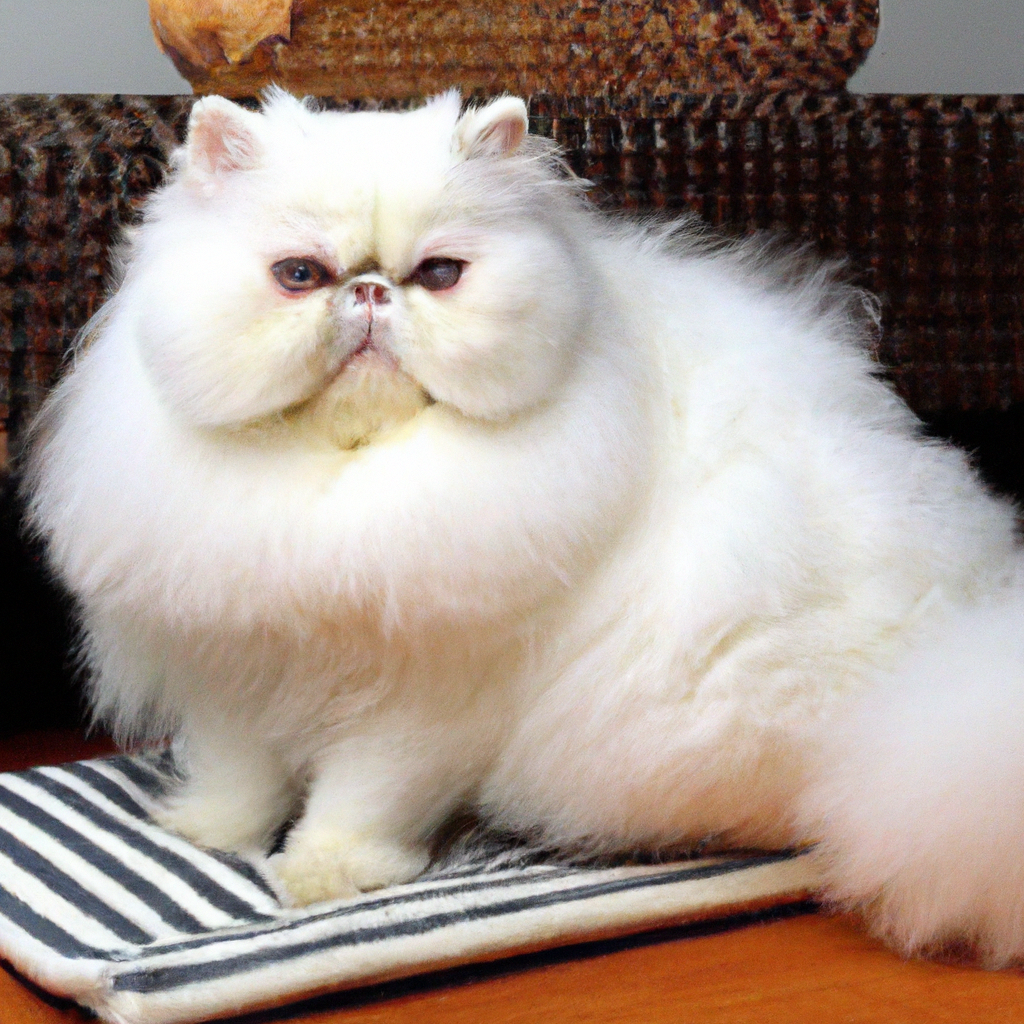
Obesity
Obesity is a common health issue in cats, including Persian cats. Persians are more prone to weight gain due to their long, sedentary lifestyles and a predisposition to overeating. Obesity can lead to a myriad of health problems, including diabetes, joint issues, and an increased risk of developing other conditions. Maintaining a healthy weight through portion control, regular exercise, and feeding a balanced diet can help prevent and manage obesity in Persian cats.
Allergies
Persian cats can be prone to allergies, both environmental and food-related. Environmental allergies can manifest as skin issues, such as itching, hair loss, and redness. Food allergies can cause gastrointestinal upset, such as vomiting and diarrhea. Identifying and removing the allergens from your cat’s environment or diet can help alleviate the symptoms. Consult with your veterinarian to determine the most appropriate course of action for managing allergies in your Persian cat.
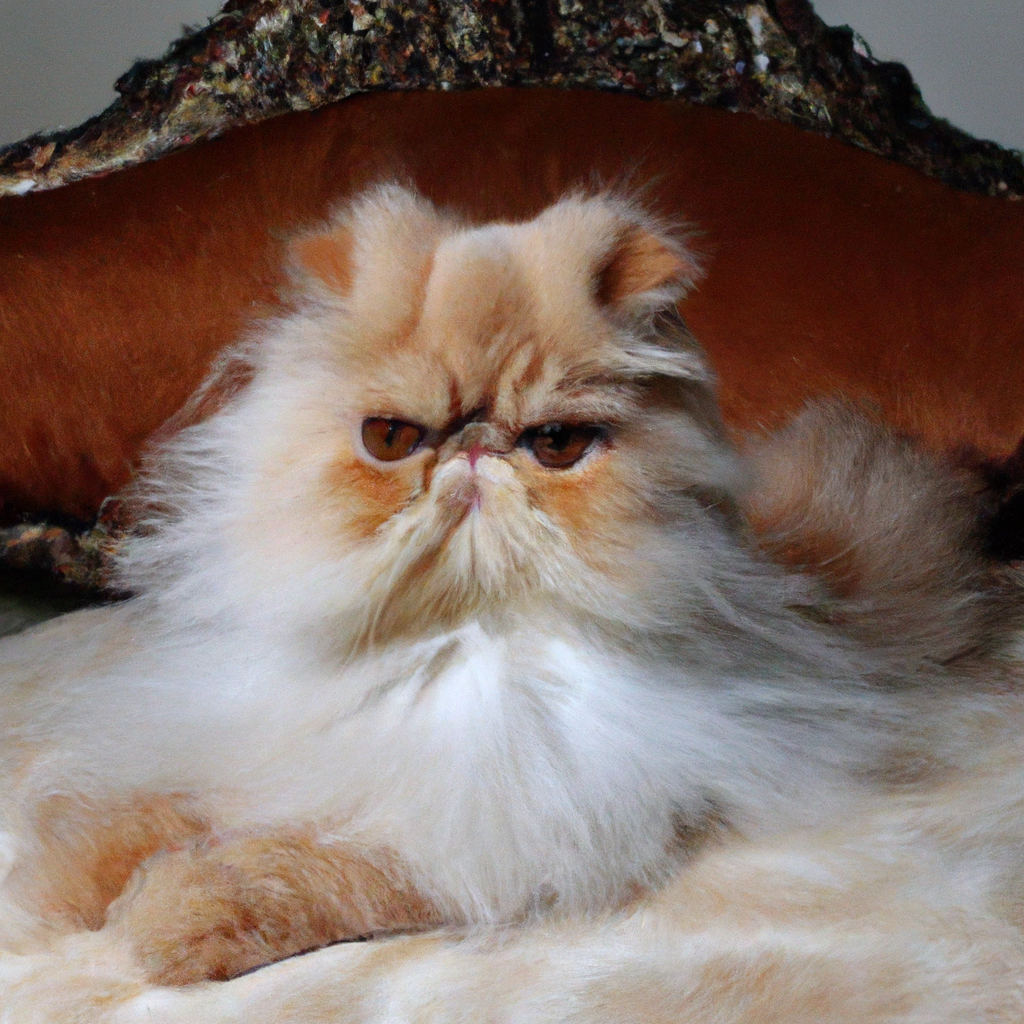
Heat Sensitivity
Due to their unique features and dense coat, Persian cats can be more prone to heat sensitivity. Hyperthermia, or overheating, can occur if your Persian cat is exposed to high temperatures for an extended period. Signs of hyperthermia include panting, excessive drooling, and weakness. It is essential to provide a cool and comfortable environment for your Persian cat, especially during hot summer months. Breathing difficulties can also occur in Persian cats when they are exposed to high temperatures or face respiratory issues. Heatstroke is a severe condition that can occur if a cat’s body temperature rises significantly. This is a medical emergency and requires immediate veterinary attention.
In conclusion, while Persian cats are wonderful companions, they do have a higher likelihood of developing certain health conditions. Being aware of these common issues and taking appropriate preventive measures can help ensure the well-being of your Persian cat. Regular veterinary check-ups, a balanced diet, proper grooming, and a safe living environment are crucial for maintaining the health and happiness of your furry friend.
